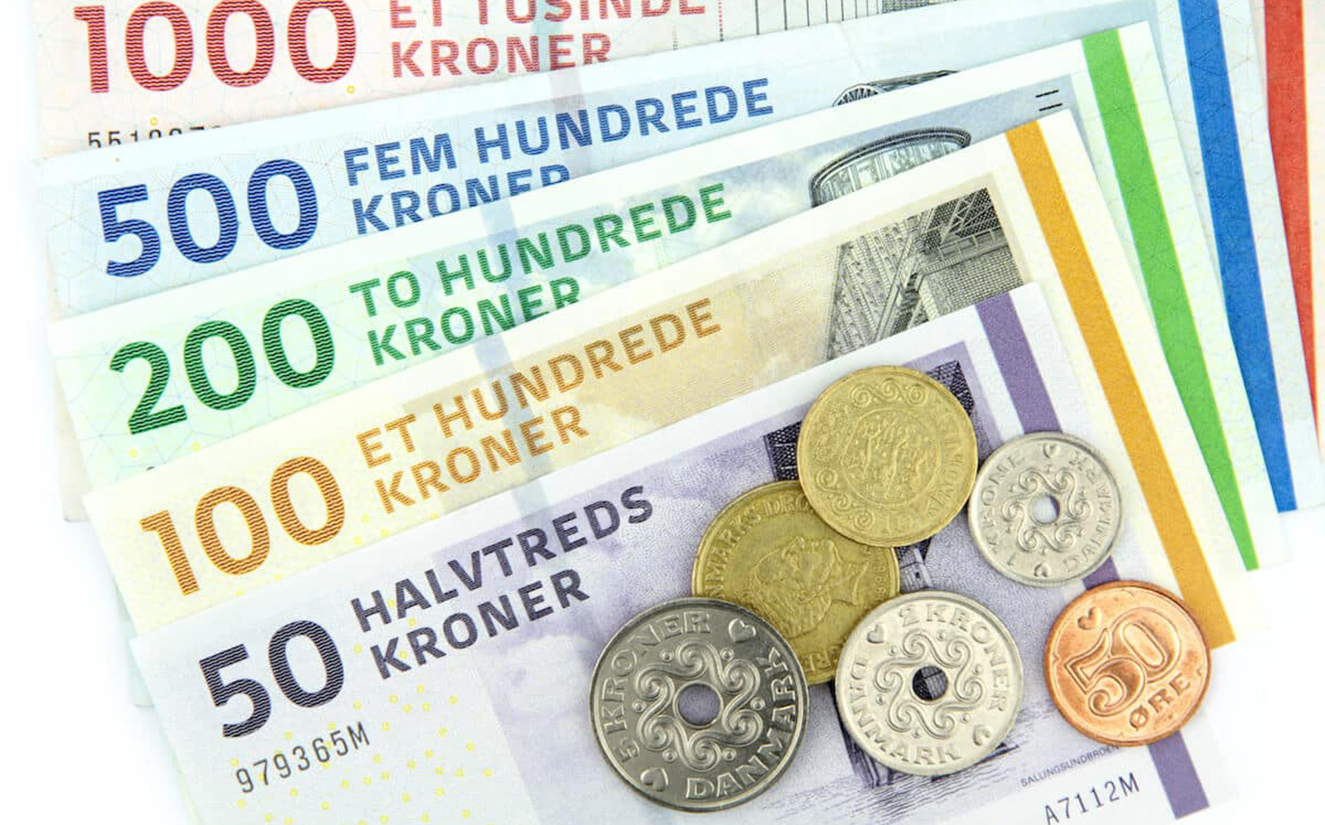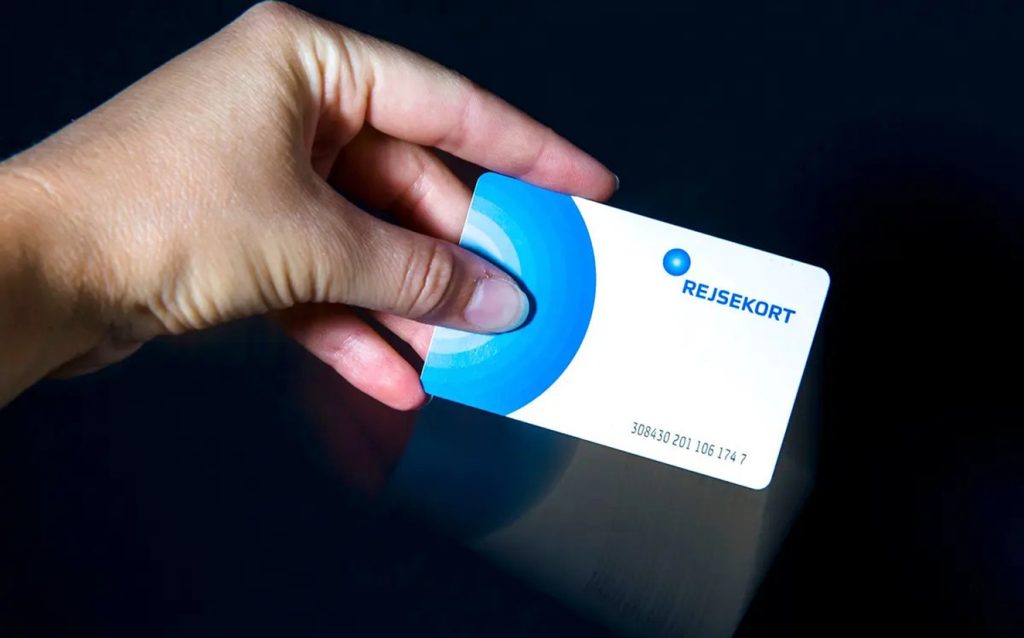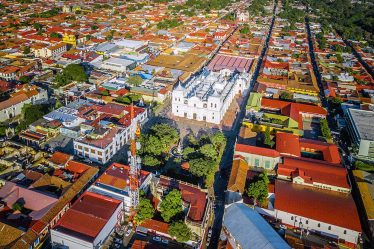
Copenhagen, the dazzling gem of Northern Europe, attracts visitors from all over the world with its unique culture, historical landmarks, and modern lifestyle. Whether you’re visiting for the first time or planning a return trip, this guide will offer invaluable insights to make your journey truly memorable.
1. Currency: Danish Krone (DKK)
The official currency in Copenhagen is the Danish Krone, abbreviated as DKK. It’s crucial to keep this in mind when planning your travel budget. While credit cards are widely accepted in many places, it’s still a good idea to carry some cash, especially for smaller shops or markets. The best places to exchange money are at the airport, banks, or currency exchange points in the city center. The exchange rate for the Danish Krone can fluctuate, so it’s wise to monitor the rates before you travel to ensure you get the best deal.
2. Language: Danish and Widely Spoken English
The official language in Denmark is Danish, but in Copenhagen, you’ll find that most people speak fluent English. In fact, the proficiency in English is so high that you won’t encounter any communication barriers. Whether you’re in a restaurant, shop, or tourist attraction, you’ll be able to communicate effectively in English. However, learning a few basic Danish phrases, such as “hej” (hello) and “tak” (thank you), can not only show your politeness but also add a touch of fun to your journey.
3. Documentation: EU Citizens’ ID or Passport
Understanding the entry requirements is essential for any traveler. For EU citizens, a valid ID or passport is all you need to enter Denmark. Non-EU citizens will require a valid passport, and possibly a visa. Denmark is a member of the Schengen Area, so if you hold a Schengen visa, you can freely enter Denmark. Additionally, if you plan to travel to other Nordic countries, make sure your documents and visa are valid for the entire duration of your trip.
4. Weather: Climate in July and August
Copenhagen’s summer, especially in July and August, is the most pleasant time to visit. The temperature typically ranges between 20°C and 25°C, making it ideal for outdoor activities. However, even in summer, Danish weather can be unpredictable, with occasional rain showers. It’s wise to carry a light waterproof jacket. I recommend packing light clothing, along with a few layers, as the evenings can be cooler. The long daylight hours provide ample time to explore the city, visit museums, and enjoy outdoor cafés.
5. Transportation: Efficient Public Transport System
Copenhagen boasts a highly developed public transport system, including the metro, buses, trains, and water buses. All these modes of transport are covered by the same travel card, known as the Rejsekort, which can be purchased and topped up at the airport, train stations, and convenience stores. This card can be used not just in Copenhagen but across Denmark, making it incredibly convenient.

Metro: Copenhagen’s metro system is modern, fast, and operates 24/7, making it the best option for travelers exploring the city center. The metro lines are primarily concentrated in the central area, covering major attractions and commercial districts. The stations are clearly marked, and all have English signs, making navigation a breeze.
Buses: The bus network in Copenhagen is extensive, covering the entire city and its surrounding suburbs. Buses typically run from 5 AM until midnight, but some routes may have adjusted schedules on weekends or holidays. It’s a good idea to download an app like DOT to easily check routes, schedules, and ticket prices.
Cycling: Copenhagen is known as the “City of Bikes,” with bike lanes that cover almost every corner of the city. Visitors can easily rent bikes at various locations, including train stations, metro stations, and many hotels. There are numerous rental points throughout the city, and I recommend using the city’s electric bikes, which are eco-friendly and offer a more relaxed way to explore.
Trains: If you plan to travel from Copenhagen to other Danish cities, trains are your best option. Denmark’s train system is efficient and connects the country’s major cities. Copenhagen Central Station is Denmark’s largest train hub, making it easy to travel to cities like Aarhus, Odense, or even cross the border to Malmö, Sweden.
6. Accommodation Guide: Finding the Right Place to Stay
Copenhagen offers a wide variety of accommodation options, ranging from luxurious five-star hotels to cozy bed-and-breakfasts. Here are some recommended options:
Nimb Hotel
- Address: Bernstorffsgade 5, 1577 København, Denmark
- Rating: ★★★★★
- Price Range: DKK 4,000 to DKK 6,000 per night
- Experience: Nimb Hotel is one of Copenhagen’s most luxurious hotels, located next to Tivoli Gardens. The hotel features unique Moorish architecture, with several luxury suites, some with private balconies overlooking Tivoli Gardens. The hotel’s restaurant offers exquisite Nordic cuisine, and the spa is also a highlight of the experience.
Wakeup Copenhagen
- Address: Carsten Niebuhrs Gade 11, 1577 København, Denmark
- Rating: ★★★☆☆
- Price Range: DKK 600 to DKK 1,000 per night
- Experience: If you’re looking for affordable accommodation, Wakeup Copenhagen is a great choice. This modern budget hotel is conveniently located within walking distance of the Central Station and major attractions. While the rooms are compact, they are well-equipped, making it an excellent option for budget-conscious travelers.
Hotel SP34
- Address: Sankt Peders Stræde 34, 1453 København, Denmark
- Rating: ★★★★☆
- Price Range: DKK 1,500 to DKK 2,500 per night
- Experience: This boutique hotel is located in Copenhagen’s trendy district, just steps away from major attractions like City Hall Square and the shopping street. The hotel’s design blends Nordic minimalism with modern style, making it perfect for young travelers or those who appreciate personalized experiences.
7. What to Do in Copenhagen?
Copenhagen not only has fascinating attractions but also offers a wide range of recreational activities.

Tivoli Gardens: One of Denmark’s oldest amusement parks, Tivoli is filled with romantic charm, especially during the evening light shows. It’s a must-visit for both families and couples.
Nyhavn: If you enjoy leisurely strolls or dining, Nyhavn’s colorful buildings and scenic waterfront will delight you. There are numerous restaurants and cafés, making it an ideal spot for relaxation.
Christianshavn District: This area is known for its artistic vibe, with numerous art galleries and cafés along the canal, making it perfect for an afternoon walk and photography.
8. Where to Eat, Drink, and Have Fun in Copenhagen?
Copenhagen’s food culture is unique, offering everything from fine dining to street food that will leave you thoroughly satisfied.
Noma Restaurant: For food lovers, the world-renowned Noma restaurant is a must-visit. Noma specializes in New Nordic cuisine, famous for its innovative dishes and unique dining experience.
Torvehallerne Market: One of Copenhagen’s largest food markets, where you can sample authentic Danish dishes like open-faced sandwiches, seafood, and various fresh ingredients.
Mikkeller & Friends: This bar is a paradise for beer lovers, offering a selection of craft beers from around the world, allowing you to experience different flavors of beer culture.
Strøget Shopping Street: Copenhagen’s most bustling shopping street, lined with numerous brand stores, restaurants, and cafés, making it a perfect place for shopping and dining.
Copenhagen is a city that will leave you amazed with its perfect blend of history and modern life. Whether you’re interested in exploring rich historical sites or experiencing the trendy Nordic lifestyle, Copenhagen has something for everyone. I hope this detailed guide helps you better prepare for your trip to Copenhagen, ensuring a smooth and enjoyable journey. No matter which transportation method you choose, where you stay, or what cuisine you indulge in, Copenhagen’s beauty and charm will make your visit unforgettable.


